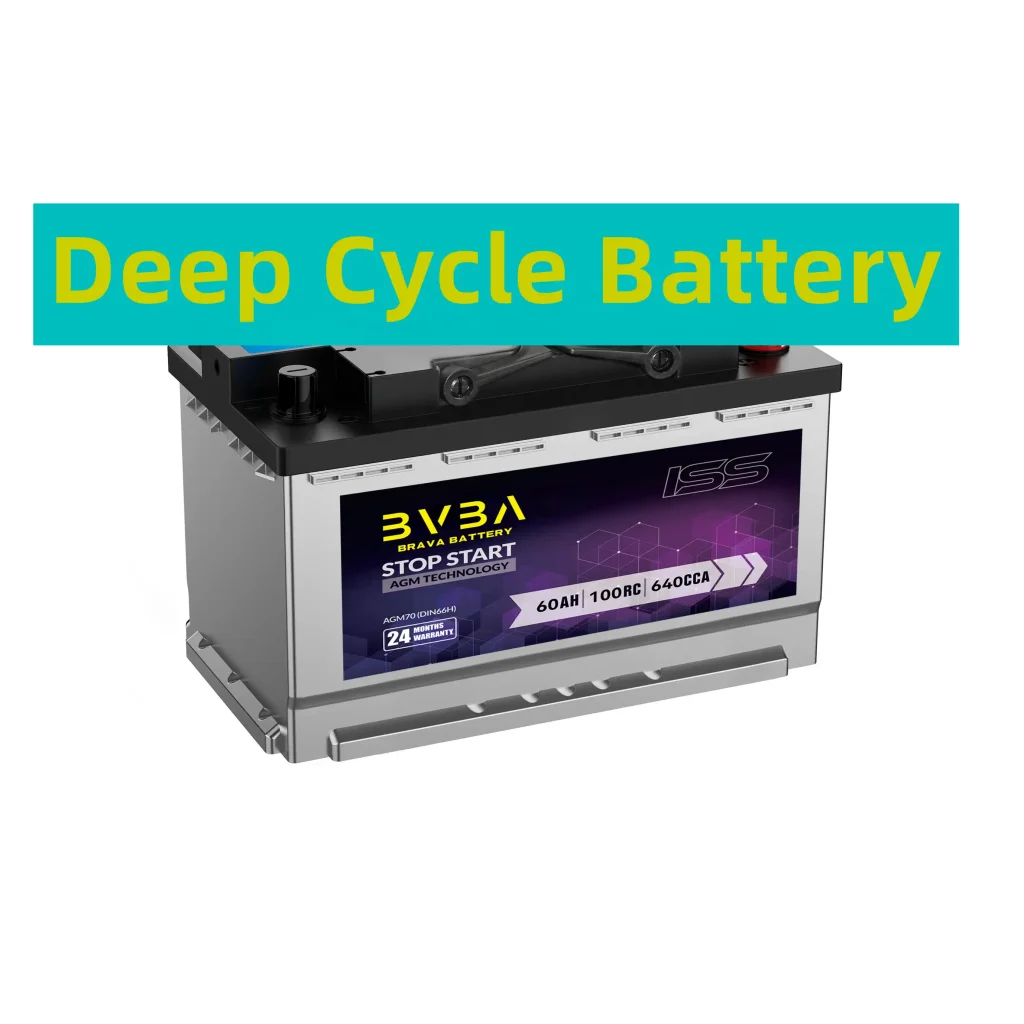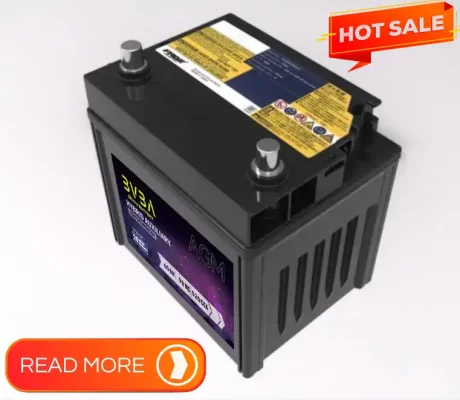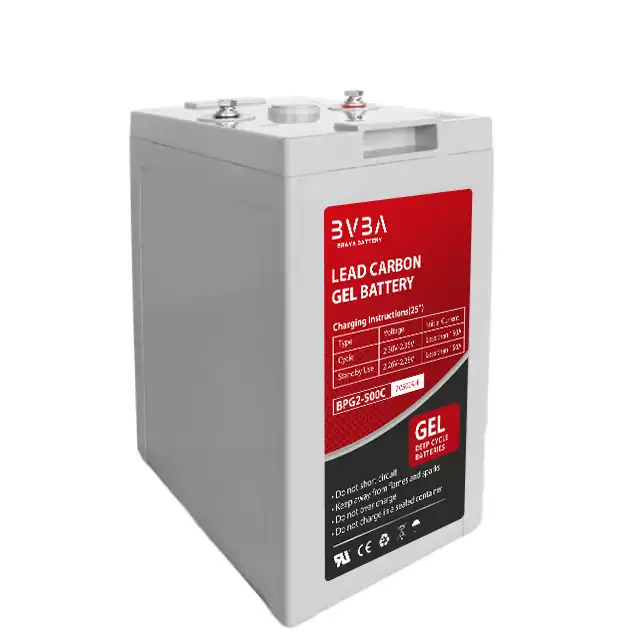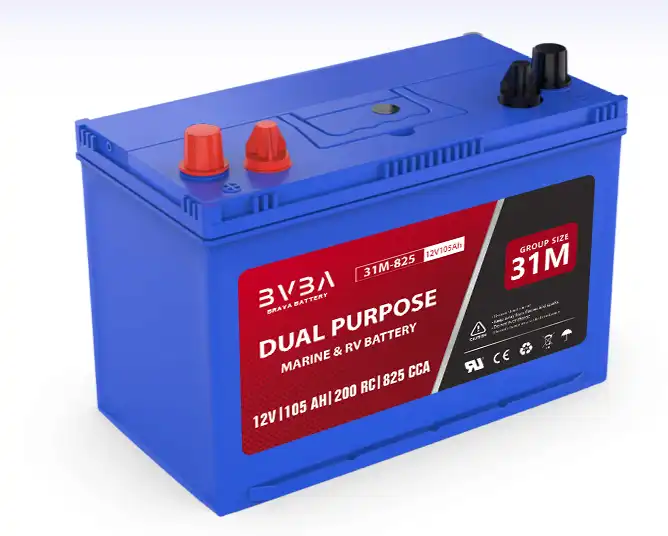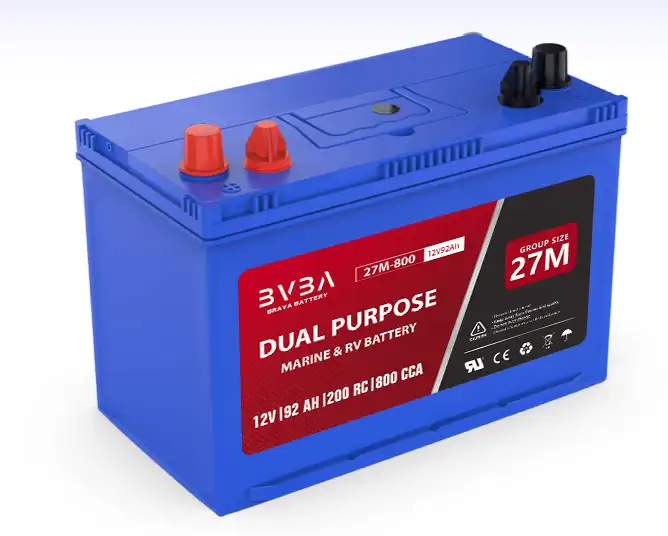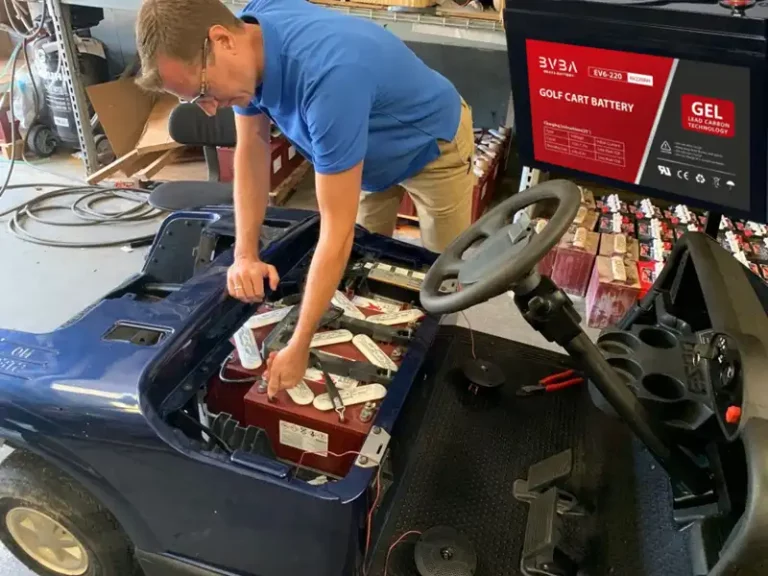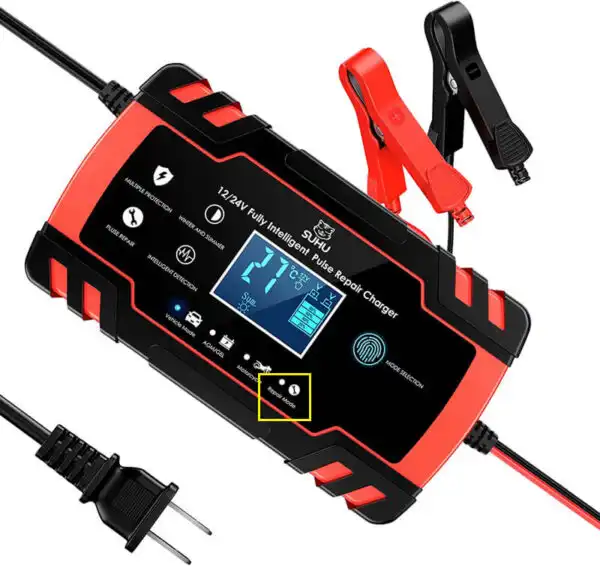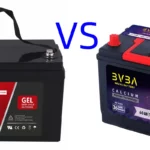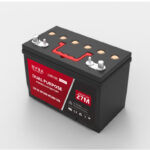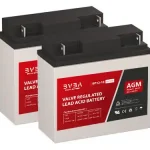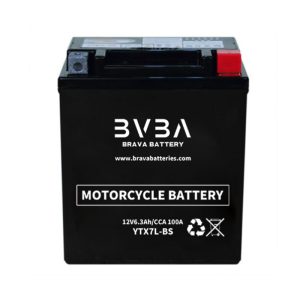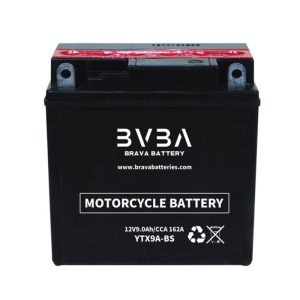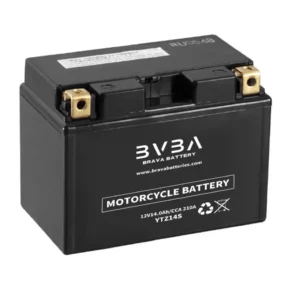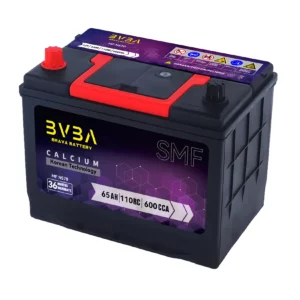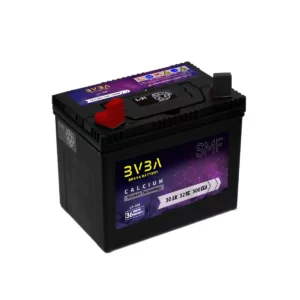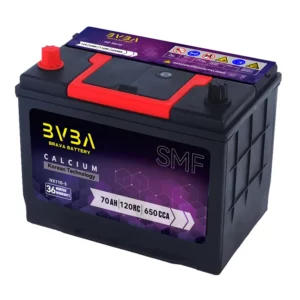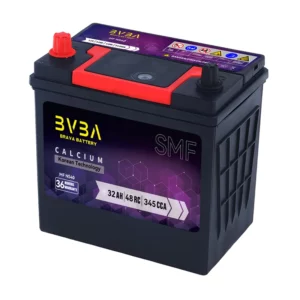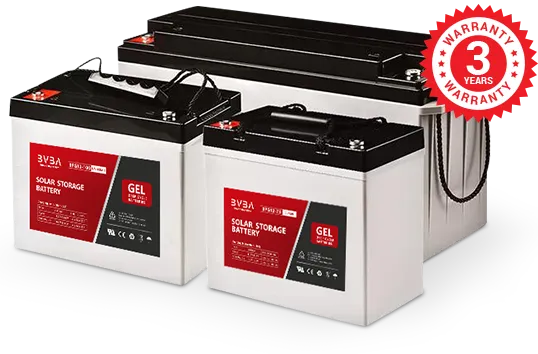what is a deep cycle battery
A deep cycle battery is a lead-acid battery designed to be regularly discharged then recharged again. In a battery, one discharge plus one recharge equals one cycle.
Deep cycle batteries, may look a lot like car batteries to people who aren’t familiar with them, but in reality, they’re quite different. A deep cycle battery is a lead battery designed to provide sustained power over a long period and run reliably until it is 80% discharged or more, at which point it needs to be recharged. It is important to note that although deep cycle batteries can be discharged up to 80%, most manufacturers recommend not discharging below 45% to extend the life of the battery.
The level of discharge is the “deep cycle” and stands in contrast to other types of batteries that provide only short bursts of energy before they need to be recharged. To be specific, a starter battery discharges only a tiny percentage — usually 2 to 5% —each time it is use.
what is the best deep cycle battery
For the best battery performance and serious off-road adventure enthusiasts, Lithium Batteries are currently the best deep cycle battery option your money can buy. Both AGM and Lithium Deep Cycle Batteries work when a chemical reaction develops a voltage that results in electricity. Deep Cycle Batteries are designed to be ‘cycled’ (discharged and recharged). Hence, while a car battery aims to deliver a burst of energy for a short period, a deep cycle battery gives power at a steady rate for an extended period. In the context of renewable energy, batteries usually mean deep cycle batteries. The two best options for deep cycle battery power are AGM Batteries and Lithium Deep Cycle Batteries are presently the best because of their weight and ability to draw more power from the battery cells.
how to test a deep cycle battery
Before testing your deep cycle battery
It is suggested to test your battery’s life when it is fully charged. If you find yourself in a situation where you cannot charge the battery, let it sit for approximately one hour before testing. As a result of charging or discharging, an uneven mixture of acid and water can arise on the surface of the plates. This phenomenon is referred to as a ‘surface charge’, and will need to be removed before the testing begins as it may influence your data. Surface charge can make a bad battery look good and vice versa. To remove the surface charge you can simply leave your fully charged deep cycle battery to sit for at least four hours. Also, ensure your battery is not connected to any appliances or a battery charger as this will influence the data.
Note: if you have multiple batteries connected together, each battery should be disconnected and charged/tested separately.
Testing the voltage of your deep cycle battery
You can test your deep cycle battery’s charge level in several ways. The most common methods use a multimeter, voltmeter, or watt meter. When you decide to test with a voltmeter, we recommend using a digital meter rather than an analogue meter as it will be more accurate in measuring millivolt differences. For a detailed guide on how to test the voltage of your deep cycle battery, you can have a look at our video .
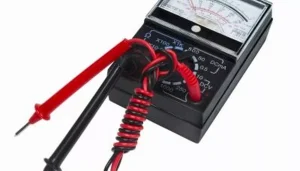
Analysing the test data
Once you tested your deep cycle battery’s voltage, you can analyse its state of charge. Simply compare the measured voltage with a state of charge table to discover your battery’s estimated charge level. For example, if your AGM deep cycle battery rates at 12.30V, it’s at a 70% state of charge as shown on our State of Charge graphic. This charge graphic relates to 12V AGM deep cycle batteries, but can also be used as a general guide for other battery types though keep in mind that there may be slight differences in the voltage rating.
Typically, a fully charged deep cycle battery will have a voltage of over 12.8V – 13V. Below are a few common battery problems you can identify by the voltage measurements.
how long does a deep cycle battery last
The average lifespan of a deep cycle battery is about 3-6 years. However, the lifespan of a deep cycle battery will vary based on several factors such as the type of battery, how it is used and maintained, and the climate in which it is kept. For example, if you live in a hotter climate, your battery will experience a shorter lifespan than someone living in a cooler climate.
how to charge deep cycle battery
Before you can use your deep cycle battery, you will have to charge it. For the same, you need to keep a few things in mind before charging a deep cycle battery which includes the following:
- To charge a deep cycle battery, you will have to use a multi-stage battery charger that is compatible with your deep cycle battery. These battery chargers charge your batteries in a total of 3 stages which include constant current, constant voltage, and float charge.
- To choose the right multi-stage battery charger for your deep cycle battery, you will have to first ensure that the voltage of your charger matches the voltage of your battery which is generally either 6 volt or 12 volt.
- Now, divide the Ah rating of your battery by 10 to calculate its ideal charger amp rating. While keeping a battery charger for your deep cycle battery, you have to make sure that its ideal charger amp rating is as close as possible to that of your battery.
- Once you have decided upon the right multi-stage battery charger for your deep cycle battery, you have to ensure that you are using it safely as well. And it goes without saying that, you have to keep your battery and charger away from all flames and sparks.
- You should ensure that the charger is turned off whenever you are connecting or disconnecting batteries to it.
- When you are charging batteries, both the batteries and the charger need to be properly vented to prevent overheating.
how to tell if a deep cycle battery is bad
Inspect the Battery
Sometimes you can tell if your battery is bad by simply taking a good look. There are a few things to inspect:
- Broken terminal
- Bulge or bump in the case
- Crack or rupture of the plastic
- Excessive leaking
- Discoloration
Broken or loose terminals are dangerous and can cause a short circuit. If a short did occur, there would be some indication of burning or melting. When a battery short circuits, all the power is unloaded in an instant. That produces a lot of heat, and sometimes even causes the battery to explode.
If the battery is still intact, but there is a bulge in the case, this is usually a result of being overcharged. Other signs such as physical openings in the case are often caused by mishandling. Cracks, splits, and holes will not cause a battery to stop working, but for safety reasons the battery should be labeled unsafe to use.
With wet-cell (flooded) batteries, water levels must be maintained. If they are low, usually refilling them with distilled water will help. But, if the cells within the battery have been exposed to air for a long time, it can cause a problem. When the plates within each cell are exposed to oxygen it can rapidly dry the paste that surrounds the lead plates. When the paste has dried it creates a barrier that prevents the chemical reaction within the battery. This can also cause the sulfation that has already occurred to harden leading to a sulfated battery which is the number one cause of early battery failure. We strongly recommend checking the water levels prior to charging a wet cell battery since charging a dry battery will burn it up. If your battery has plenty of fluid in the cells, but the color is dark, or brownish, this is also an indication of a bad battery. Even if one cell is brown, it is rendered useless and therefore the entire battery is, too. Time to replace your battery!
Take a Voltage Reading
The voltage of a battery is a good way to determine the state of charge. Here’s a handy table with the breakdown:
| State of Charge | Voltage |
|---|---|
| 100% | 12.7 – 13.2 |
| 75% | 12.4 |
| 50% | 12.1 |
| 25% | 11.7 |
| Discharged | 0 – 11.6 |
If your battery is:
- Reading 0 volts, chances are the battery experienced a short circuit
- Cannot reach higher than 10.5 volts when being charged, then the battery has a dead cell
- Fully charged (according to the battery charger) but the voltage is 12.4 or less, the battery is sulfated
Sulfation is the natural byproduct when the battery discharges. Naturally, re-charging the battery will reverse the sulfation crystals and turn it back into electrolyte, ready to produce power again. But if a battery sat, uncharged, severely discharged, and/or drained for extended periods of time, the sulfation will increase in size and harden onto the plates. This covers the surface area of the plates, removing the chemicals needed to produce power.
Sulfation decreases the potential to reach a full charge, and it self-discharges the battery quicker than normal. Charging a sulfated battery is like trying to wash your hands while wearing gloves. At this point, charging alone will not restore the battery to a healthy condition. The majority of replacement battery purchases occur when the original battery has reached this point.
Load Test the Battery
Your local automotive shop is more than able to load test your battery, but it’s quite easy to do at home and all you need is a digital voltmeter. For any load test to be accurate, the battery must be fully charged and left to sit 12 hours before load testing the battery. A recently charged battery will hold a residual charge from the charger, so letting the battery sit for 12 hours will release that residual charge and give you a more accurate sense on how the battery will perform under normal circumstances. To the test…
Let’s use a motorcycle battery for an example:
- Remove the seat and expose the battery in your bike so that you have access to the terminals. Do not disconnect the battery because you will attempt to start the bike.
- Hold the prongs of your voltmeter to the correct terminals on the battery.
- Now push the start button and watch what the voltage drops to. It doesn’t matter if the bike starts or not, what you’re looking for is a voltage reading.
A healthy 12 volt battery should maintain a voltage range from 9.6 – 10.5 volts under the load for a good 30 seconds straight.
For starting batteries we don’t expect you to run the starter for 30 seconds, so if you see the voltage meter drop within the voltage range and it sounded like a good strong start, then you probably just had a discharged battery. However, if under the starting load the voltage drops below 9.6v, then it is most likely time to replace the battery.
For deep cycle application if the battery holds under load for a few seconds then voltage starts to steadily drop this would indicate a problem with the battery. If the voltage instantly drops to 0 volts, that is also a problem. We call this the open cell. On a new battery, this can be a result of manufacturing flaws, but it also may be caused by sulfate crystal buildup.
A common occurrence with open cell batteries is that under the intense heat of the load, one or more of the weld pieces connecting the cells together is coming loose and separating. This will cut the current, and voltage will drop. When the battery cools off, the pieces will touch, barely giving a complete connection. This gives you a false voltage reading. Batteries with open cells may read fully charged in idle, but they fail under a load test every time. Once a battery reaches this point, there is no going back. The best thing to do is recycle the thing.
Deep Cycle Battery

